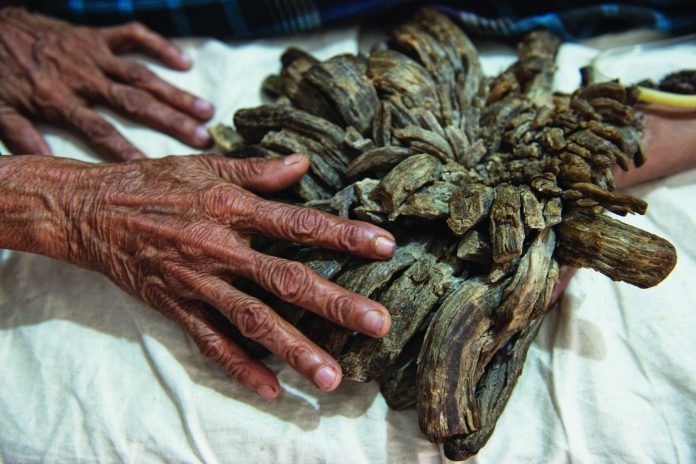Abul Bajandar made headlines last year with his tree-like warts covering his limbs. Now, this extremely rare illness has given him a life he never expected
Text and Photos Zigor Aldama
Journalists often find themselves frustrated by the fact that injustices remain unchanged, no matter how much they cover the causes and consequences.
And then, once in a while, there are exceptions to this: Abul Bajandar is one of them. At the age of 15, the Bangladeshi adolescent started to suffer from a very strange disease called Epidermodysplasia verruciformis, causing his limbs to sprout tree-like warts. To date, only five cases of this rare disease have been diagnosed globally. “The warts soon covered my hands and legs, so I wasn’t able to work as an auto-rickshaw driver anymore. I had to beg,” Bajandar recalls.
The warts soon covered my hands and legs, so I wasn’t able to work as an auto-rickshaw driver anymore. I had to beg… What I wanted the most was to hug my little daughter, whom I had never touched since she was born.
-Abul Bajandar, “the tree man”
He became known as the “tree man”. People who encountered him were willing to pay for a selfie with what they saw as a strange creature. The warts kept growing until Bajandar couldn’t feel anything anymore. He wasn’t even able to dress himself. “What I wanted the most was to hug my little daughter, whom I had never touched since she was born,” he says.
Then, a story filed by an Agence France-Presse reporter changed his fate, and the 28-year-old’s peculiar situation came into the global spotlight. The government stepped in to help. A committee of nine surgeons was established in the capital’s Dhaka Medical College Hospital, where Bajandar went under the knife almost a dozen times. “We still don’t know why this happens,” the head of the committee, Samanta Lal Sen, admits.
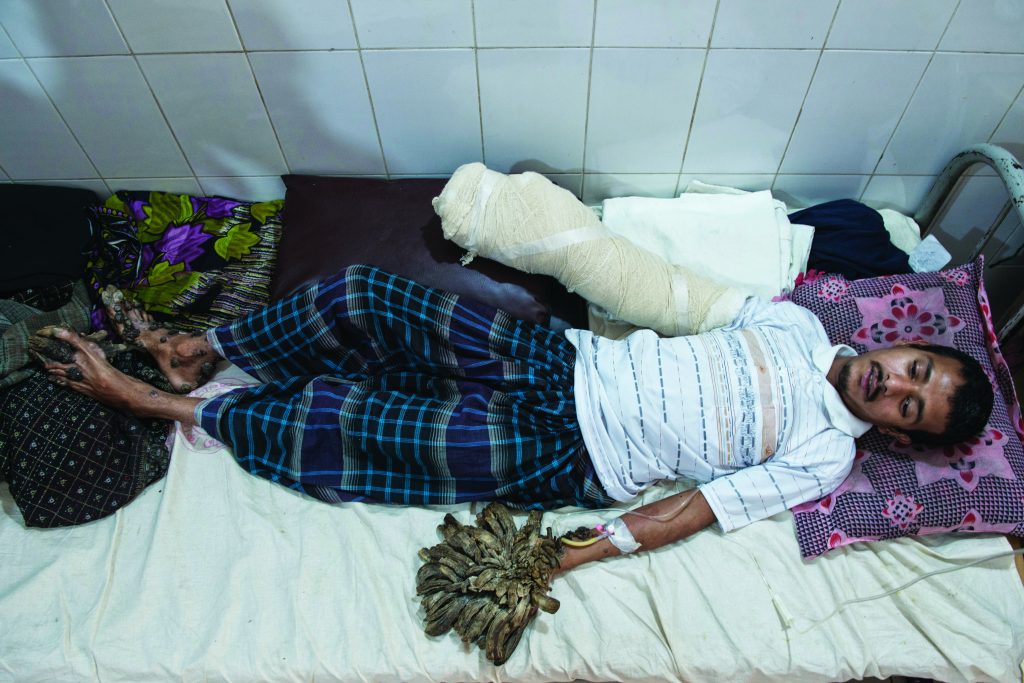
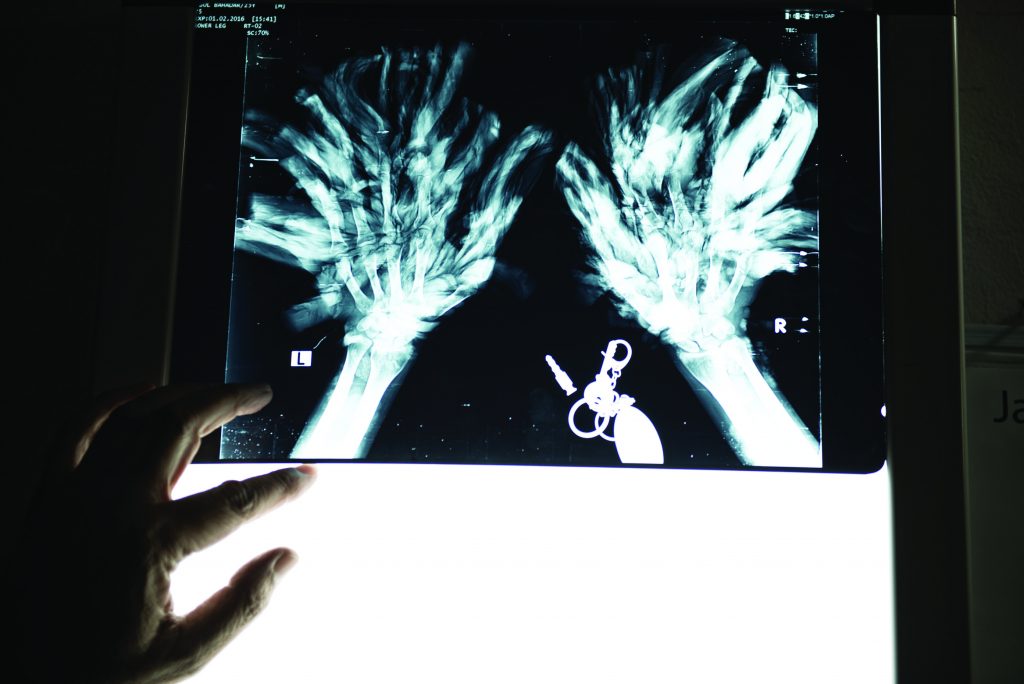
“It could be a genetic disease, but nobody in his family has suffered from it. It could also be a very rare skin disease, but it would be a world first to affect so few people. We are therefore inclined to believe it can be some kind of virus which mutates from animals, because we just found a cow which has a similar problem.”
Knowing the origin of the disease is key to preventing the warts from growing again – something that Bajandar fears. Fortunately, this hasn’t happened since the operations began. Now, he can use both hands to hug his daughter, and leads a normal life.
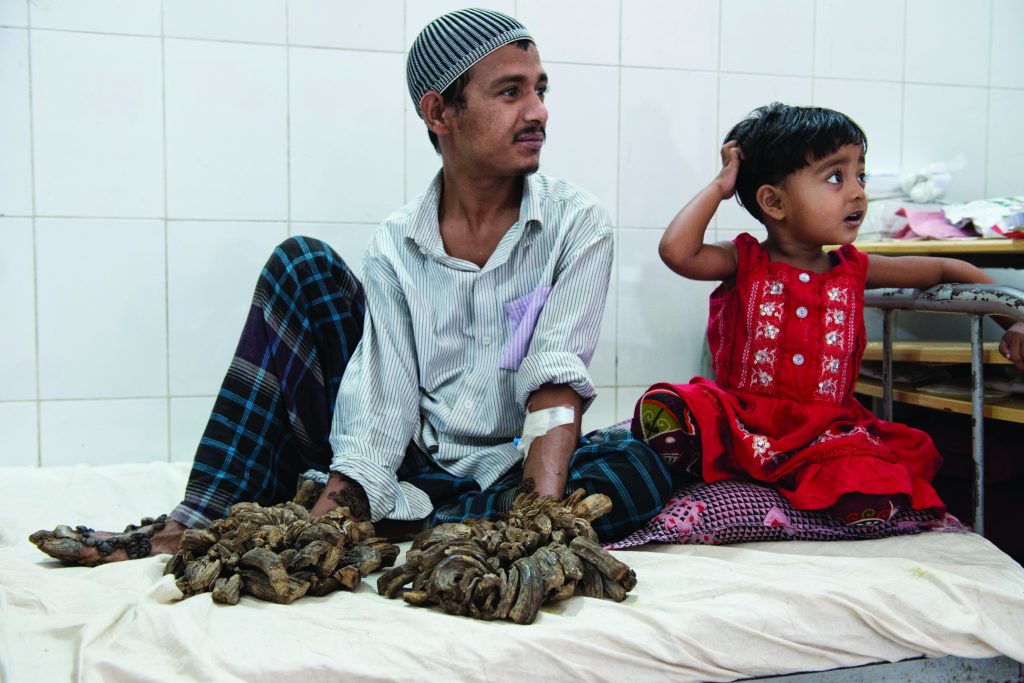
He dreams of opening a small business in his hometown in the southern Khulna district. Thanks to donations, that dream can come true. “We have endured so much sadness,” his wife Halima says. Her tears are now ones of happiness. “We are looking forward to making a living now.”
Bajandar’s hopeful story is a unique case, however – not only in terms of the rarity of his condition, but also in light of the special treatment he received; he was even given a room for him and his family at the hospital. Much of this favourable treatment was owing to all the media attention.
Related: Uncharted Territories
Related: In the Market for Medicine
The patients in the crowded and dirty neighbouring rooms are not so lucky – most don’t get adequate treatment. Many curable diseases still claim countless lives in one of Asia’s poorest countries. A third of Bangladesh’s population still survives below the poverty line; about 30 percent of children below the age of five are malnourished, and only 42 percent of births have a midwife to assist. Life expectancy stands at 73 years, number 133 in the world.
In one way, then, Bajandar’s curse turned out to be a blessing in arboresque disguise: Had it not been for his fascinating condition – igniting the interest of the world – his situation may have taken root as one of the countless ignored medical cases, leaving him to remain a tree man for the rest of his life.
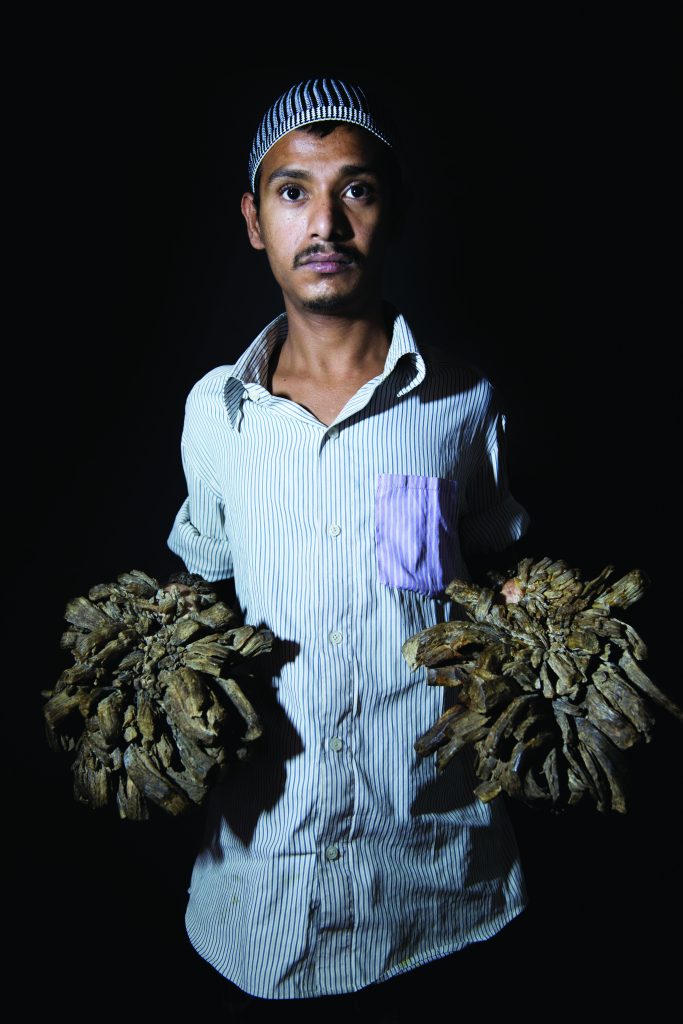
About epidermodysplasia verruciformis
Commonly referred to as “tree man disease”, this genetic disorder triggers a defect in the person’s cell-mediated immunity, causing warts (that look like tree bark) and cutaneous horns. Beyond the grotesque suffering endured by the afflicted, the disorder is also dangerous, as it is associated with an increased risk of skin carcinoma. Due to the defect in the individual’s immune system, a sufficient response to a human papilloma virus (HPV) can’t be generated, and the body responds by causing the overgrowth of scaly macules and papules on the extremities. Most are benign, but some may be cancerous. Some 200 cases have been reported since this disease was described in 1922 by two dermatologists. At present, there are only five known cases.
For more stories from this issue, get your copy of Asian Geographic Issue 127, 2017.


